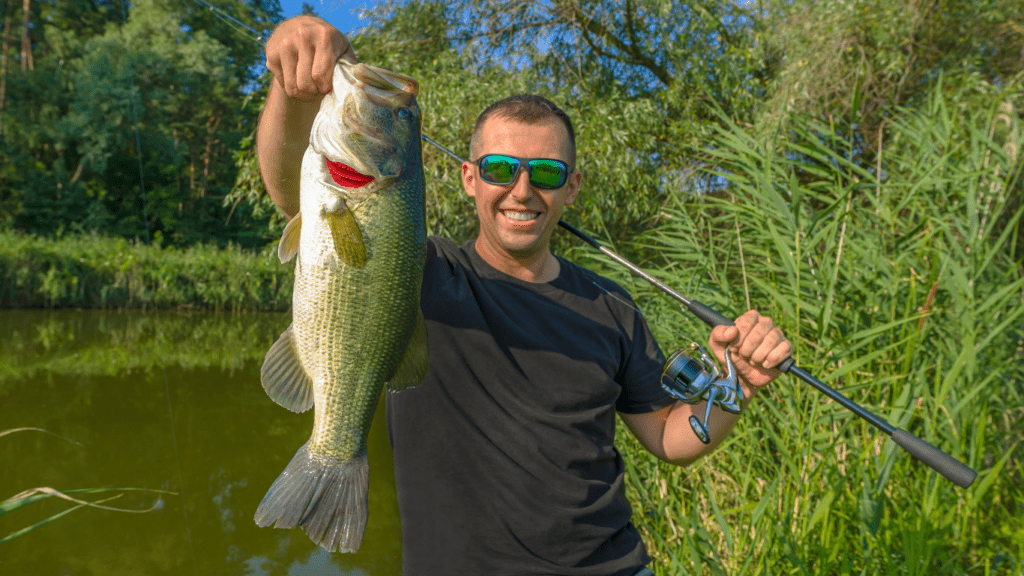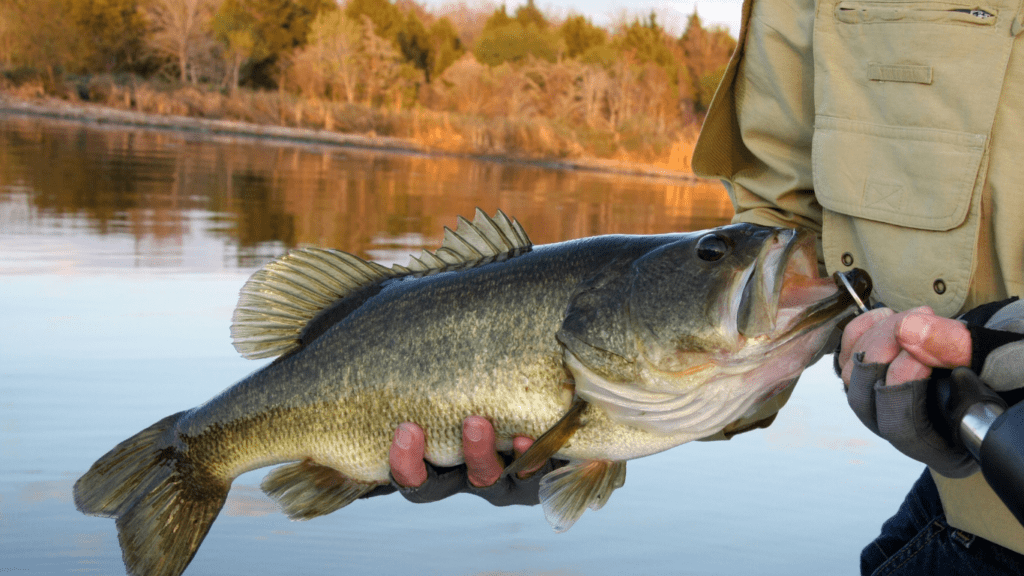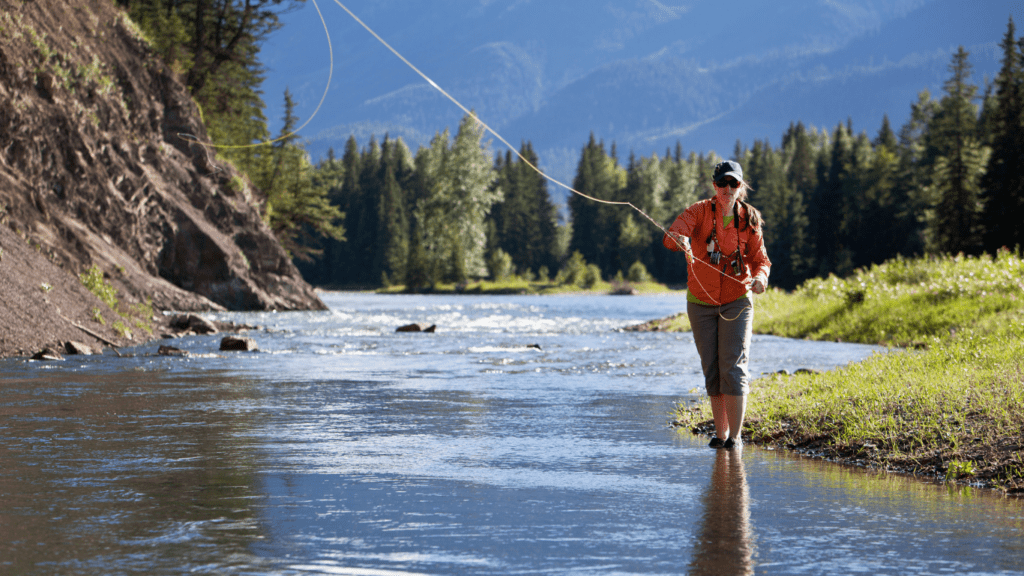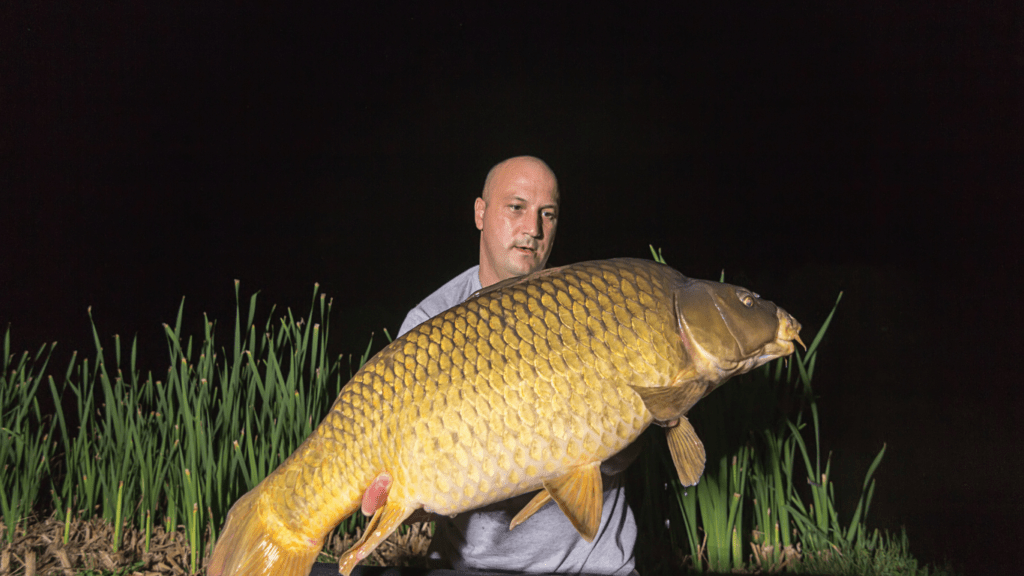Bass fishing isn’t just a hobby for me—it’s an obsession. There’s nothing like the thrill of feeling that tug on the line, knowing you’ve outsmarted one of the most challenging freshwater fish out there. But let’s face it, landing more strikes takes more than luck; it’s about mastering the right techniques and understanding the habits of these elusive fish.
Understanding Bass Behavior
Recognizing how bass behave is crucial to improving strike rates. Their actions depend on factors like:
- seasons
- habitat
- feeding patterns
Seasonal Patterns
Bass activity shifts with temperature changes and seasonal transitions. During spring, bass spawn in shallow waters, favoring cover like brush or vegetation. In summer, they seek deeper, cooler areas near drop-offs or submerged structures. Fall triggers aggressive feeding as bass prepare for winter. In winter, their metabolism slows, making them less active and staying in deeper waters.
Habitat Insights
Bass prefer habitats offering cover and ambush points. They often inhabit areas with submerged vegetation, rocks, or structures like fallen trees. In clear water, bass may hold near deeper structures for protection. In murky water, they venture closer to surface cover where visibility remains limited. Knowing these preferences helps identify productive fishing spots.
Feeding Habits
Bass are opportunistic feeders, preying on shad, minnows, crawfish, and insects. Early morning and late evening are optimal times, as bass hunt actively during low light. In clear waters, they respond to subtler presentations mimicking baitfish. In stained waters, vibrant lures with enhanced vibrations attract more strikes. Aligning your bait choice with their primary forage boosts your catch rate.
Essential Gear For Bass Fishing
Using the right gear boosts strike rates by increasing precision and responsiveness. I focus on equipment that’s reliable and tailored to bass fishing scenarios.
Rods And Reels
Having a well-matched rod and reel significantly impacts performance. For versatility, I use a medium-heavy power rod, typically 6’6″ to 7’ in length, with a fast action tip. It provides the sensitivity needed to detect subtle bites while offering strength for heavier lures. For reels, I prefer baitcasting reels due to their accuracy and smooth casting, especially when targeting bass in cover-heavy areas. I also pair spinning reels with lighter rods for finesse fishing techniques, like using soft plastics or drop-shot rigs.
Best Lures And Baits
Choosing the right lures and baits depending on the season and water conditions increases success rates. I rely on crankbaits for locating bass in open waters and jerkbaits for mimicking injured prey fish. During the spring, soft plastic worms, especially in green or black hues, excel in shallow areas near spawning beds. In dense cover or murky waters, I use jigs matched with craw trailers to draw strikes from hidden bass. For topwater action, I find poppers and buzzbaits perfect during early morning or twilight hours.
Must-Have Accessories
- Essential accessories support efficiency and safety.
- Always carry needle-nose pliers for hook removal and cutting tools to manage lines, especially braided ones.
- A polarized pair of sunglasses is vital for reducing glare and spotting bass beneath the surface.
- Keeping a tackle bag organized with extra hooks, weights, and replacement lures saves time during trips.
- For navigating unfamiliar waters, I rely on a portable fish finder or GPS unit to locate productive fishing spots.
- Adding a landing net ensures secure fish handling without risking line breaks.
Advanced Techniques For More Strikes
Refining fishing methods is essential for consistent success. Subtle adjustments and an understanding of advanced approaches can dramatically increase strike rates.
Fine-Tuning Your Casting
Improving casting accuracy minimizes disturbances and places lures in prime strike zones. I focus on practicing with precision control by aiming at specific targets like submerged structures or vegetation patches. Adjusting reel settings for braking and spool tension reduces backlash during casting, enhancing efficiency. When fishing shallow areas, I perfect pitching and flipping techniques to quietly approach bass without spooking them.
Mastering Jigging And Trolling
Effective jigging increases lure action, mimicking natural prey. I vary retrieval speeds and rod tip movements to find patterns that provoke strikes. Slow, vertical jigging works in colder waters, while aggressive lifts and falls are better in active feeding periods. Trolling with crankbaits or spinnerbaits covers wider areas. I adjust trolling speeds based on water temperature, with slower speeds in cold conditions and moderate to fast speeds during warmer months. Using downriggers ensures bait reaches deeper strike zones.
Adapting To Water Conditions
Tailoring strategies to water clarity and temperature improves results. In clear water, I prefer natural colors and finesse techniques like drop-shotting soft plastic worms. In murkier water, I switch to bright, vibrating lures such as spinnerbaits or lipless crankbaits to increase visibility. Warmer water calls for quicker retrieves, while cooler water benefits from slower-paced presentations like suspending jerkbaits. Reacting to the current’s strength, I match lure weight and action for greater control and accuracy.
Top Spots For Bass Fishing Success

Locating prime areas is crucial for consistent bass fishing success. I focus on spots where bass naturally thrive and actively hunt for prey.
Rivers And Streams
Rivers and streams offer dynamic bass fishing opportunities. Bass congregate in areas with moderate current, such as eddies, bends, and behind underwater structures. These spots provide cover and bring in food due to the flow. Pocket water near submerged rocks and fallen trees is another productive zone. Fishing near transitions between fast and slow-moving water increases the chances of a strike since bass wait here to ambush prey. I use crankbaits and spinnerbaits to attract their attention in these areas.
Lakes And Ponds
Lakes and ponds harbor bass near structure-rich zones. In larger lakes, I target points, creek channels, and submerged ledges where bass seek shelter and food. Weed beds, docks, and submerged timber in shallow areas are also productive, especially during the spawn. In small ponds, bass are more predictable and tend to group near visible cover like lily pads or overhanging trees. Using soft plastics around these features works effectively.
Secret Hidden Locations
Hidden locations often hold untapped bass potential. I explore lesser-known access points, overgrown bank areas, and secluded coves to find fish that face less angling pressure. Quarries, farm ponds, and undeveloped shoreline areas are prime examples. Using a portable fish finder can help identify underwater structures and ensure no spot goes unnoticed. Patience and thorough exploration of these areas often yield surprising results.
Tips For Consistent Results
Being consistent in bass fishing requires precision, observation, and adaptability. I’ve refined a few strategies over the years that have significantly improved my results.
Reading The Weather
Weather patterns influence bass activity and feeding. Stable conditions often lead to better bites, while sudden changes like cold fronts can push bass into deeper or lethargic states. I watch overcast skies closely, as they encourage bass to roam more freely and feed aggressively. On sunny days, I target shaded areas like docks or weed beds. Early mornings and late afternoons are best during hot weather, as bass seek cooler waters closer to sunrise and sunset.
Importance Of Stealth
Bass sense disturbances in their environment, making stealth essential. Loud movements, splashing, or abrupt changes in boat position can scare them off. I reduce noise by minimizing foot shuffles, keeping electronics on low settings, and casting away from my target zone to avoid spooking the fish. Using lighter lines and natural-colored lures also helps blend into the surroundings, especially in clear water.
Avoiding Common Mistakes
Avoiding avoidable errors can turn failed trips into successful outings. I’ve seen anglers ignore seasonal patterns and fish in unproductive spots, wasting time where bass aren’t active. Overworking lures is another frequent mistake; I keep retrieves natural by mimicking prey movements. Forgetting to check tackle frequently leads to lost fish—inspect knots, hooks, and line for wear before each cast to avoid break-offs during crucial moments.





